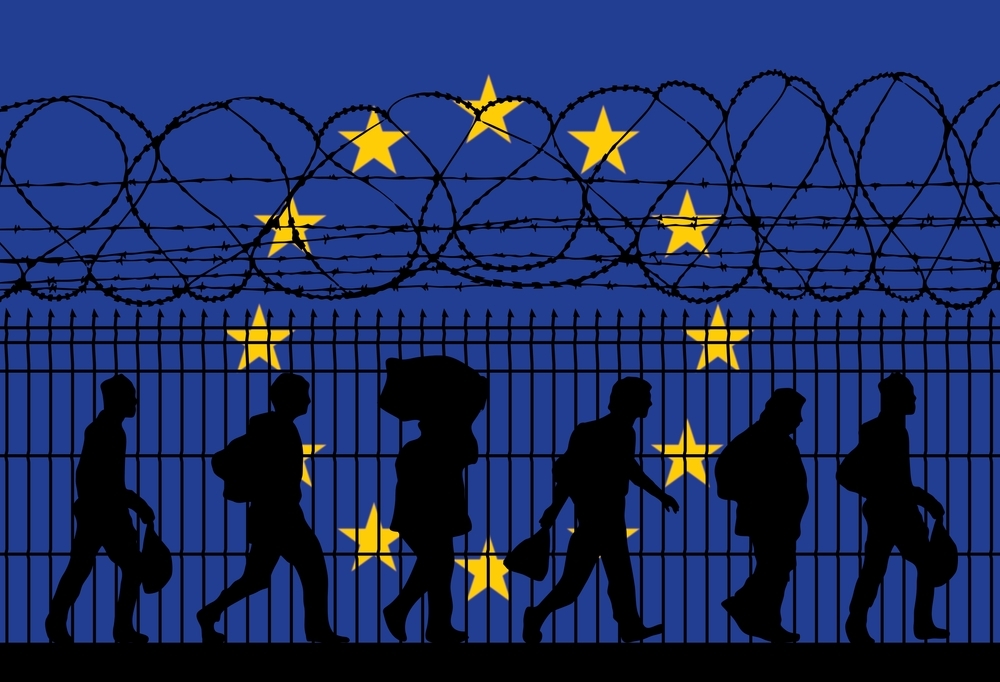Digital Fortress Europe

shutterstock_2078204395
© dba87/Shutterstock
Border surveillance is one of the fields in which the effects of the digital revolution are most noticeable. The increasingly common tendency to massively collect biographical and biometric data, especially with regard to migrants, raises questions about respect for human rights and reinforces power imbalances even within the European Union. From cameras with facial recognition systems to ‘smart’ data collection tools, these new technologies aim to identify and track the movements of people crossing borders.
These systems are based on technologies such as artificial intelligence and machine learning, for the development of which European institutions rely on private companies. It is a booming market, not yet regulated. These technologies still have many limitations, and their first victims are migrants. In addition to the issue of institutional responsibility, this investigation carried out by MIIR looks at the possible human rights violations and tells the stories of some of those who are crossing European borders. The image of the EU as a ‘fortress’ emerges, surrounded by not only physical but also virtual borders, which heavily impact migrants and other vulnerable groups.
Main findings:
- In order to monitor the mobility of people across its external and internal borders, the EU relies on the Schengen Information System SIS-II, the oldest and largest database in Europe, EURODAC, which mainly contains biometric data, and EES, the European Entry/Exit System, which collects data on all third-country nationals. All these databases treat people travelling to or across Europe as potential risk factors.
- The profiling activities of the databases focus mainly on migrants, with the main (although not explicit) aim of limiting immigration as much as possible. Interoperability, i.e. the interconnection of data, further favours this effect.
- A number of testimonies recount the encounter between distressed migrants and dehumanising technologies: some burn their fingerprints to avoid identification, others are unjustly imprisoned due to malfunctioning surveillance systems.
- Who has access to personal data? To do what? For how long? These questions do not have an easy answer, because legislation varies from country to country. The sale of data to private companies makes it even more opaque.
- Data links and exchanges between public institutions and private companies raise the question of liability: in the event of incidents or malfunctions, the parties blame each other.
- The data collectors often make mistakes when recording information. It is therefore possible that a person will end up being suspected by mistake and that this mistake will haunt them for a long time.
Stories
Artificial intelligence and algorithms are at the heart of the EU’s new mobility-control system. High-risk automated decisions are being taken on human lives. It is an emerging multi-billion-euro unregulated market with dystopian 'smart' applications.
May 2, 2022
The impact of surveillance systems on vulnerable populations, money for Frontex drones, and monitoring the movement of citizens within the European area.
April 30, 2022
The collection of personal information, including biometric and ethnicity data, is being used as a standard tool in migration management. The notion of consent is often disregarded, which is particularly problematic when minority and vulnerable groups are concerned.
April 28, 2022
A description of the main systems in use in Europe to manage the mobility of people across Europe's borders and across its countries, with a focus on current mechanisms that can be improved.
April 28, 2022





